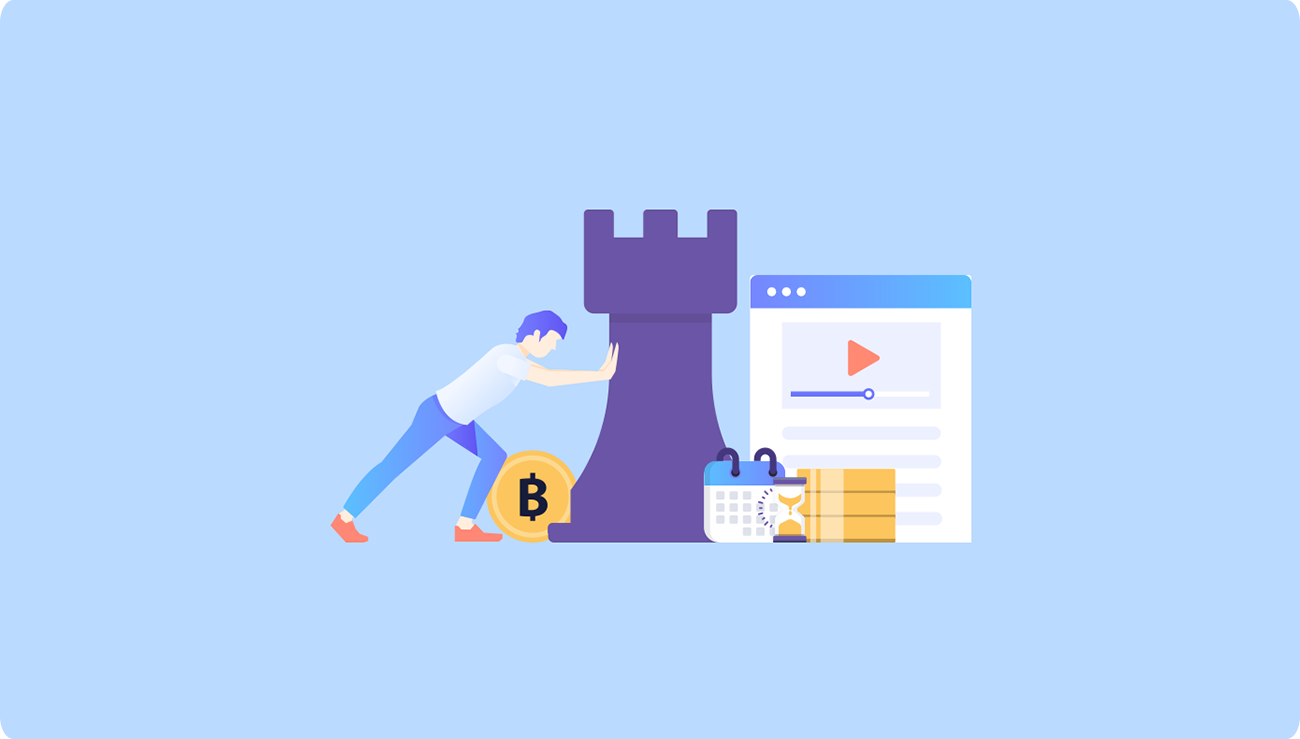How to Boost SEO On Your WordPress Website
Optimizing your WordPress site for SEO can seem challenging. With so many plugins, themes and settings, how do you drive traffic to your website? We have the answer in this blog post. With practical solutions and actionable items that any beginner WordPress user can use. After implementing the advice below, your SEO scores will improve.
What is SEO?
Search engine optimization (SEO) is the key to bringing more traffic to your website. SEO is the idea of optimizing your website to make it easily searchable. Some elements that help achieve better SEO is relevancy, website speed, and validation. Relevancy is a measurement that allows search engines to determine whether your content is relevant to the searcher’s interests. Search engines also favour websites that load fast and are validated with backlinks, giving credibility to your website. Though these aren’t the only factors that lead to good SEO, they are looked at as fundamentals.
If your website is managed on WordPress, then you have access to SEO settings that can help improve your traffic. Moreover, WordPress also offers SEO plugins that will enhance your SEO. Below are 8 ways on how to boost the SEO on your WordPress website using simple tactics that anyone can do.
Choose a SEO Friendly Theme
There are so many different themes to choose from on WordPress You need to choose carefully, some themes advertise themselves to be SEO friendly but actually come with many SEO plugins that slow your website down. Before you decide on a theme, it is a good idea to run the demo site through web.dev tool to get a gauge for its performance. Moreover, look for a theme that has a responsive design, mobile friendly and has the “developed for SEO” label.
Use SEO Plugins
Although a plugin will not improve the SEO on your website all on its own, it will make it easier to stay on top of your SEO habits. For example, Yoast SEO allows you to improve your SEO by using meta tags and canonical URLs while also providing a SEO analysis of your page. However, you still have to input the meta tags and improve the content according to the analysis. Another great tool you can use is All in One SEO Pack. It allows access to SEO components that
you would use all in one place and with one plugin. It is beginner friendly, so if you don’t have wide knowledge on the topic this tool is right for you.
Check Your Site’s Visibility Settings
Your site will not rank if you don’t allow it to rank in your WordPress settings. WordPress will give you the option of discouraging search engine visibility; if you have this checked then your site will not show up on the search engines at all. You can check this by clicking “Settings” and then “Reading”.
Enable SEO Friendly Permalinks
You can choose how to name your URLs and a good habit is to name them by post because they make it clear what the page is about. If you stay with the default permalink, the URL will look random and confusing to the reader. You can change this by clicking “Settings” then “Permalinks”. Moreover, you can also name your URLs by using Yoast SEO plugin mentioned earlier.
Perform Keyword Research
Keywords are extremely important for optimizing your site. You need to know which keywords are difficult and which look like an untapped opportunity. You should be completing keyword research prior to launching so you can determine the correct content on your site. You can use the free Google keyword planner to complete your keyword research.
As you perform keyword research and know which keywords to target you can then change your URL link for certain posts to reflect the keyword you are targeting. For example, you keyword research may show that ranking for “fluffy brown dog” is an opportunity, the URL of your blog post can then include that keyword if the content is relevant to fluffy brown dogs.
Use Headings to Optimize Posts
The headings within a web page are meant to provide structure for your post. This is helpful for search engines to determine if your page is relevant for users who are visitng your site. Good headings will also make it easier for visitors to read the content. Headings are more for the user side of SEO than it is for technical SEO. Nonetheless, good headings will also help keep the bounce rate low as it improves readability. With headings in place users can easily find the answers they are looking for and with a low bounce rate you will also see better rankings.
Use Internal Linking
Adding internal links is not only great for driving traffic to other pages on your site and reducing your bounce rate, but also helps build the relevancy between your content and site. If you have a blog post about dogs and mention how one breed is similar to another bread, you can link in your article about breed 1 in the blog post of breed 2 (and vice versa). This will help readers, and search engines, better understand the content and how they are linked. It is almost like you are providing them with background information if they would like to access it.
Optimize Your Images
Optimizing your images includes adding a good file size and file name to your image. Do not upload an image that is titled with random numbers. Name the image as it gives your page more context but also make sure the image name represents what the image is showing. These images with appropriate names can also appear in search engines and can help to drive more traffic to your website.
Moreover, you should also be adding alt text for your images. Not only is this a good way of providing extra description to users, but it is also a good principle to help those that are visually impaired to understand the text.
Overview
WordPress SEO has multiple areas in which you should be focusing your efforts on. Though some it is done through settings, you should build continuous habits to improve and monitor your SEO. Be sure to always look at the keyword research you have completed before creating a piece of content. As you work on your content always remember to use titled images, name your URLs, use internal linking and headings to optimize your content. Finally, take advantage of the free SEO tools that WordPress has to offer.
Let us know in the comments if you have any other handy WordPress SEO tips. Get started on your own WordPress website with one of our shared web hosting plans.
.





